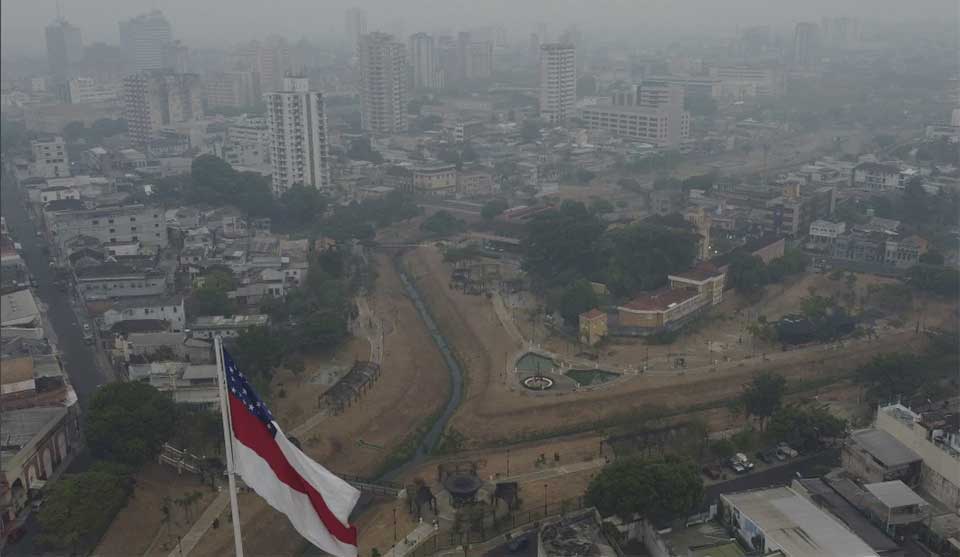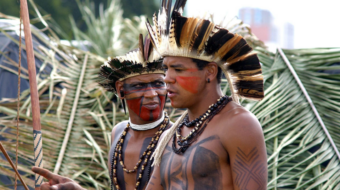
BRASILIA, Brazil (AP) — Thick smoke enveloped extensive areas of the Brazilian Amazon as the region grapples with a surge in wildfires and a historic drought.
In Manaus, a city of 2 million, air quality ranked among the worst globally, leading to the suspension of college classes and the cancellation of various activities, including an international marathon.
In the first 11 days of October, Amazonas state recorded over 2,700 fires. This is already the highest number for the month since official monitoring began in 1998. Virtually all fire is human-caused, primarily for deforestation or pasture clearance.
Over the past weeks, Manaus and other cities of Amazonas state have intermittently been blanketed by thick smoke, making it difficult to breathe. The city’s air quality index fluctuated between unhealthy and hazardous levels, resembling the conditions in some major Asian metropolitan areas.
The city’s major universities canceled all activities, while the city’s marathon was postponed for two months.
Normally, October marks the start of the rainy season. However, the warming of the northern Atlantic Ocean’s waters has disrupted the flow of rain clouds. Another contributing factor is El Niño, a warming of the surface waters in the equatorial Pacific Ocean, which is expected to peak in December.
Many of the Amazon’s major rivers are currently at historically low levels, disrupting navigation and isolating hundreds of riverine communities. In Tefe Lake, the heated and shallow waters likely caused the deaths of dozens of river dolphins. Most were pink dolphins, an endangered species.
“It has been very painful both physically and emotionally to wake up with the city covered in smoke, experience extreme temperatures exceeding 40 degrees Celsius (104 degrees Fahrenheit), and follow the news that the river waters are disappearing,” Mônica Vasconcelos, a climate perception researcher at Amazonas State University, told the Associated Press.
She linked the crisis to climate change and said it has left her as pessimistic as ever about the future of the Amazon. “October 12, is Children’s Day in Brazil, and I wonder whether they can still spend the day playing in the backyard.”










